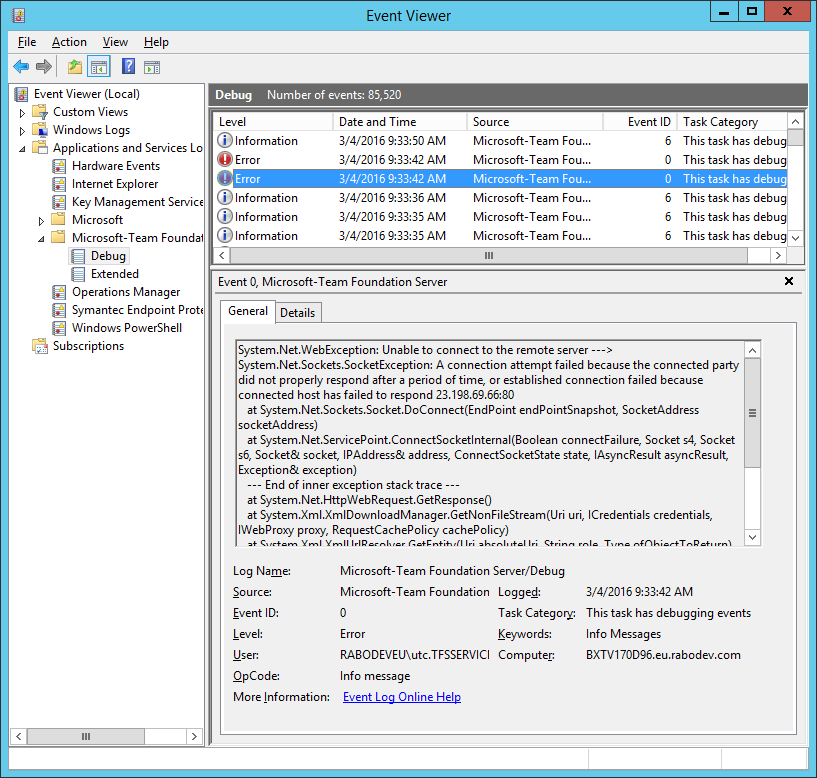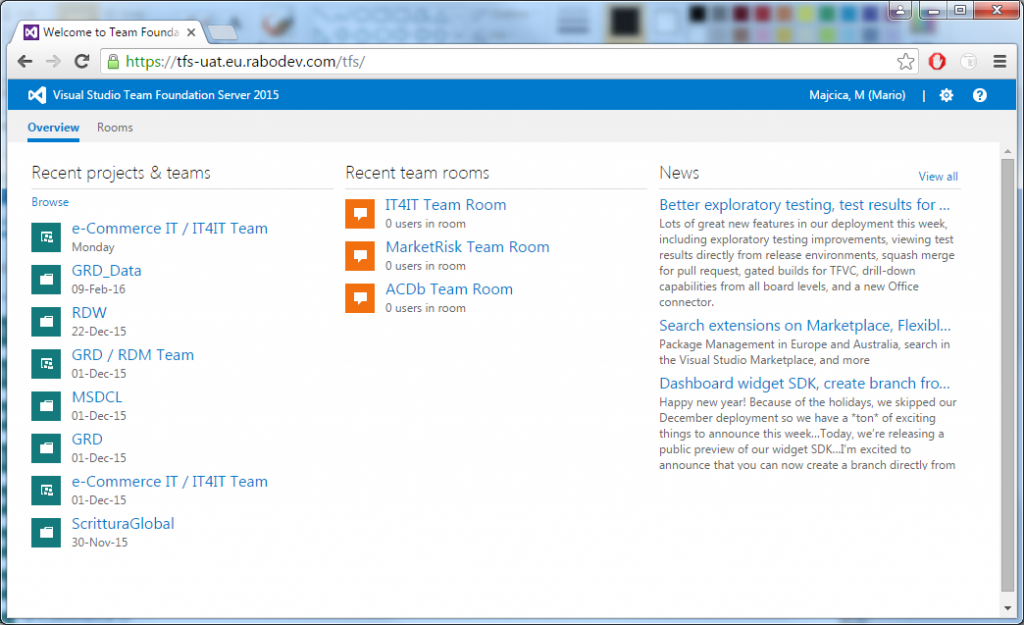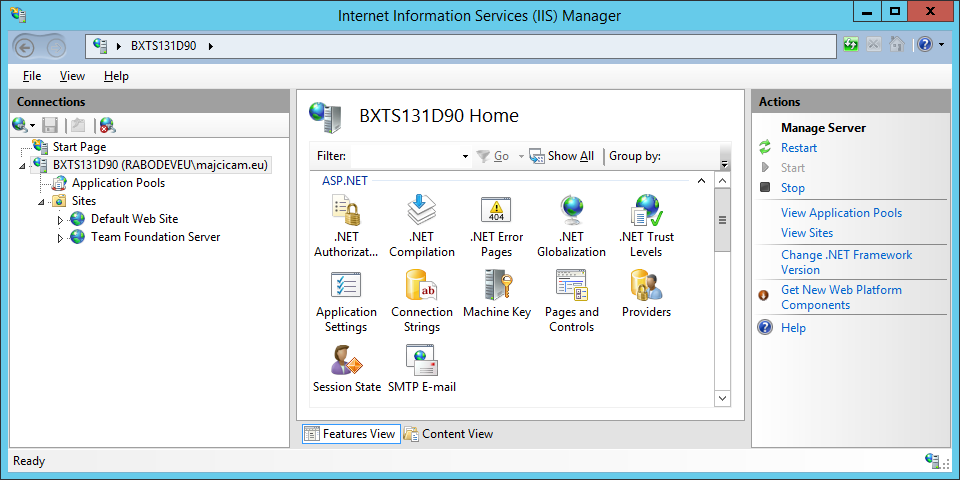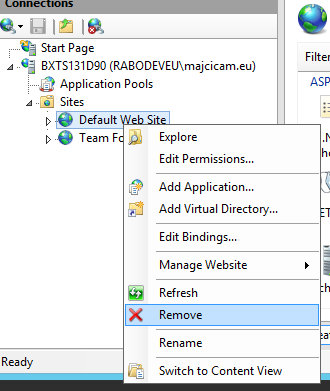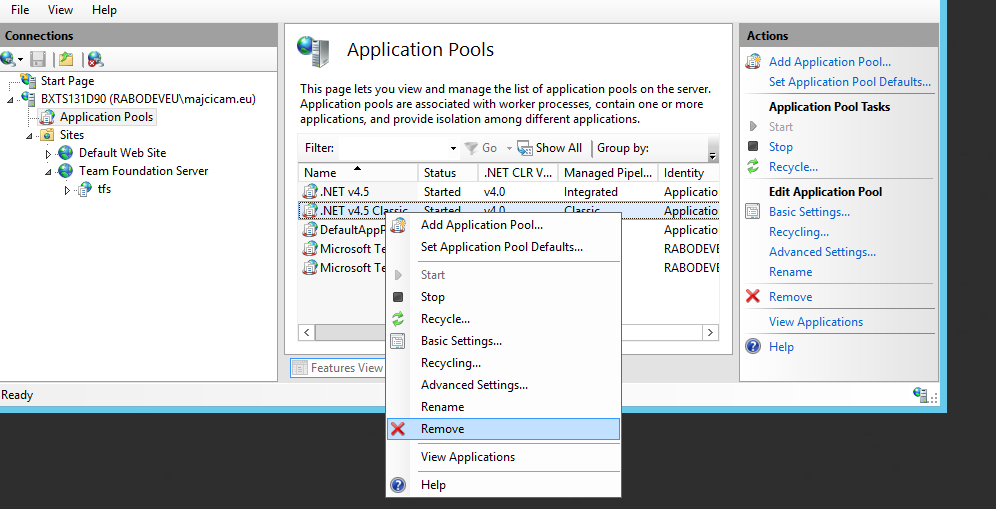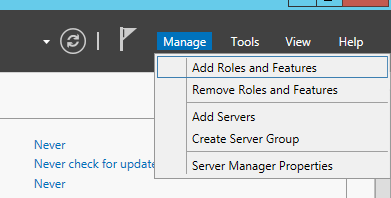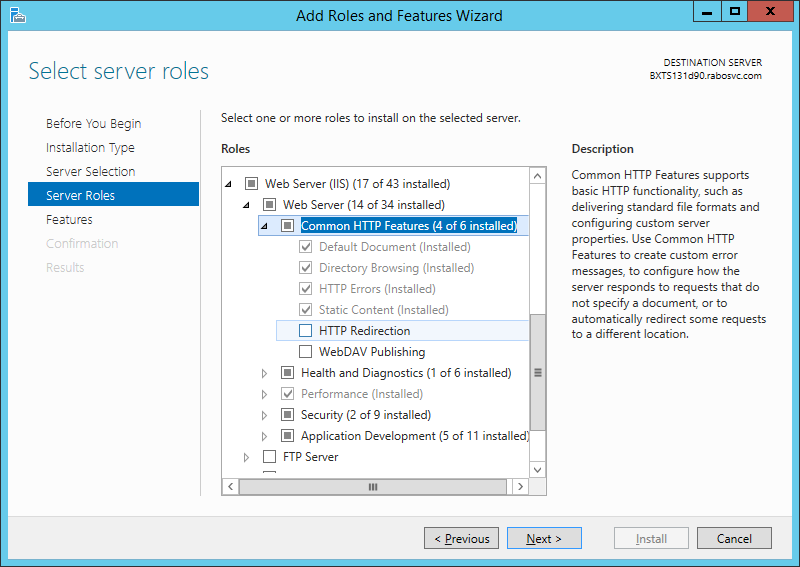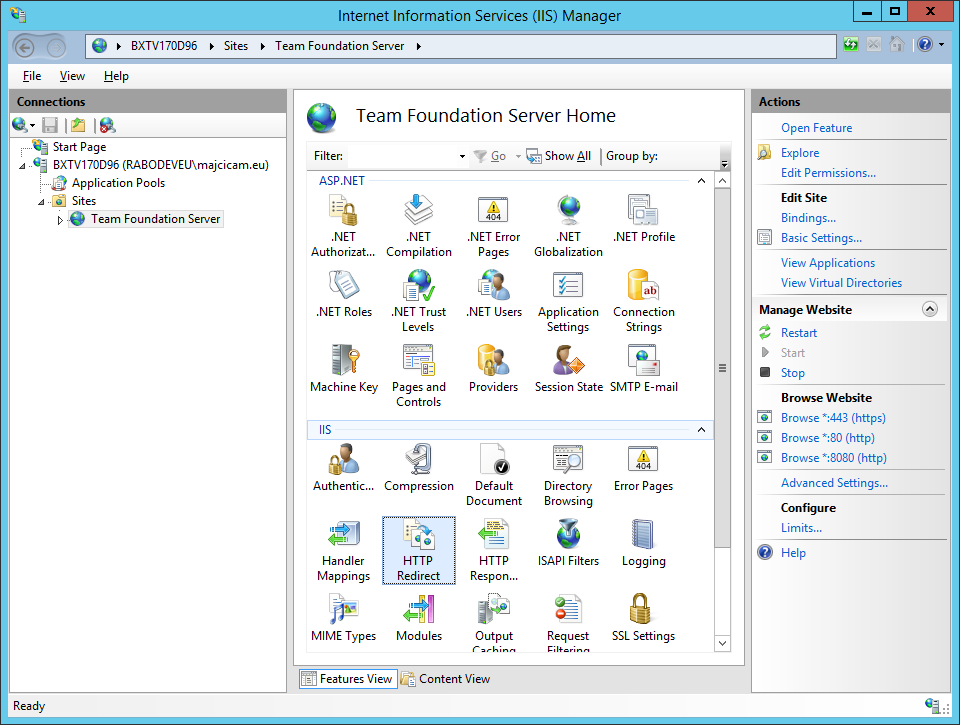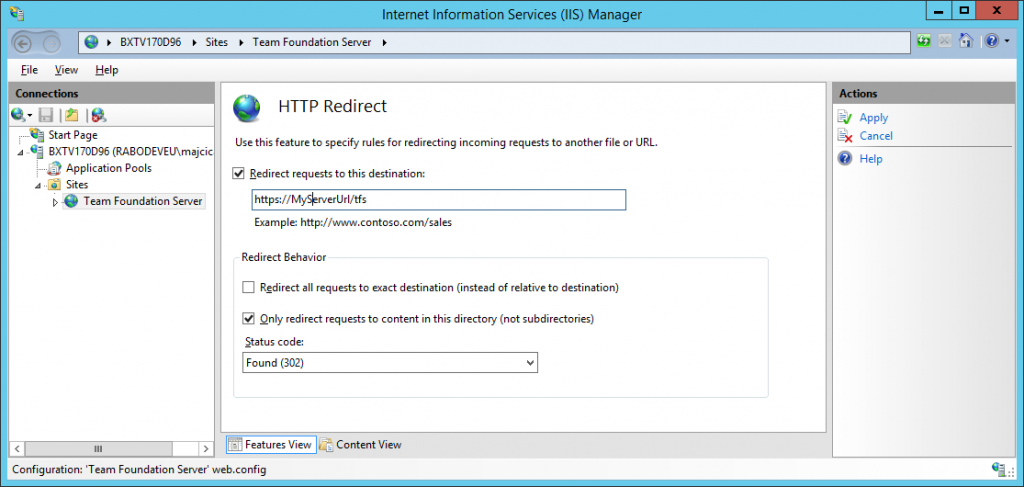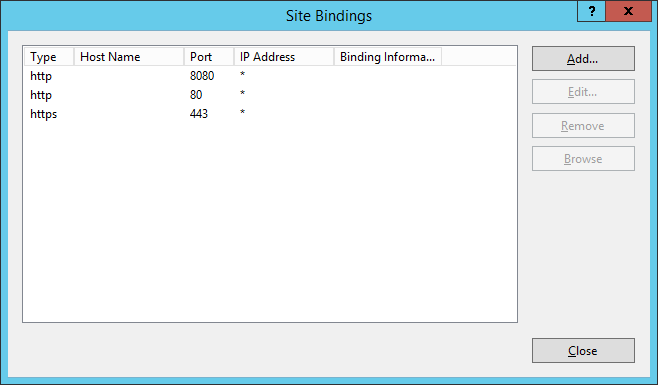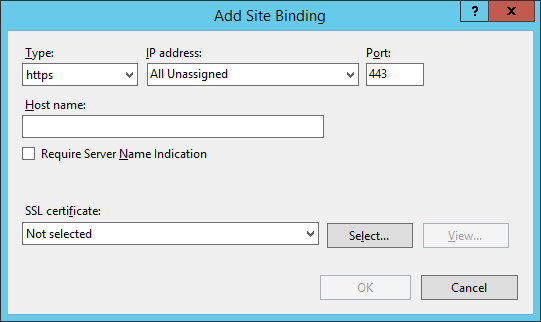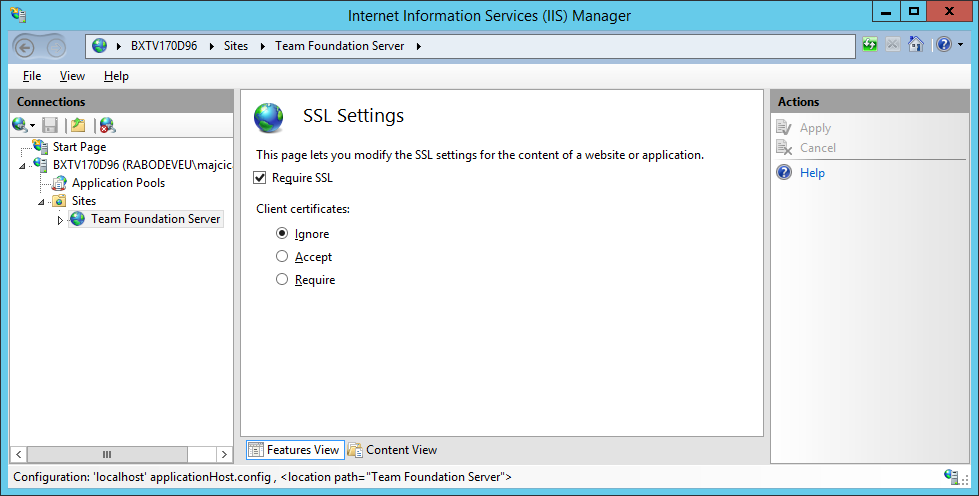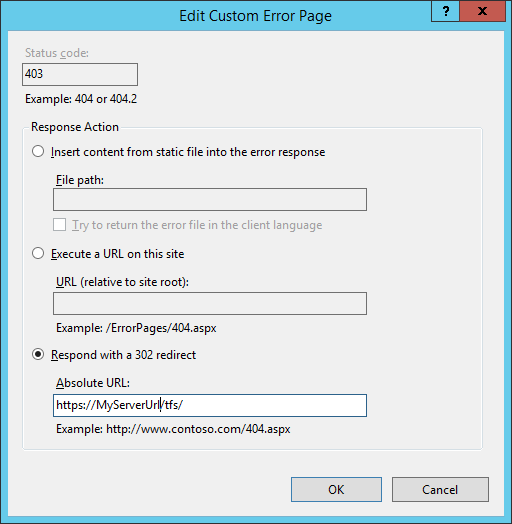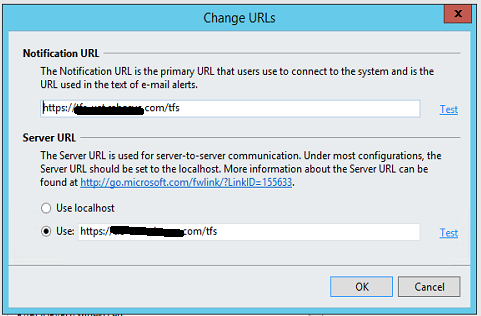Querying XL TestView via PowerShell
Since the version 1.4.0 XL TestView started exposing several functionality via REST API. This is inline with other XebiaLabs products and it is a welcome characteristic. If you tried invoking a web request towards your XL TestView server, you may be surprised that the authentication fails (no matter the usual technique of passing the credentials). This is due to the fact that XL TestView doesn’t support the challenge-response authentication mechanism.
An example:
$credential = Get-Credential
$server = "http://xld.westeurope.cloudapp.azure.com:6516/api/v1"
Invoke-WebRequest $server/projects -Credential $credential
After executing this code you will receive a 401 Unauthorized response with Jetty (XL TestView web server) stating “Full authentication is required to access this resource”.

Invoke-WebRequest cmdlet doesn’t send the authentication headers with the first call and it expects a
401 response with the correct WWW-Authenticate header as described in RFC2617. Then, based on the authentication schema token received, prepares a call with a proper authentication method if supported.
Unfortunately this behavior is not supported by XL TestView. Still, do not desperate, there is a way to interact with XL TestView via your PowerShell scripts.
Authentication header
In order to authenticate on the first call, we need to provide the authentication header manually and include it in our web request. Knowing that XL TestView uses the Basic authentication we need to prepare the necessary for this operation. First of all we need to create the value that we are going to provide for the header called Authorization. It is following the well know standard described in RFC1945 which states that the username and password are combined into a string separated by a colon, e.g.: username:password, that the resulting string is encoded using the RFC2045-MIME variant of Base64, except not limited to 76 char/line and that the authorization method and a space i.e. “Basic ” is then put before the encoded string.
In order to create such a header I created a cmdlet that sums those steps.
function Get-AuthorizationHeader
{
[CmdletBinding()]
param
(
[string][parameter(Mandatory = $true)]$Username,
[string][parameter(Mandatory = $true)]$Password
)
BEGIN { }
PROCESS
{
$base64AuthInfo = [Convert]::ToBase64String([Text.Encoding]::ASCII.GetBytes(("{0}:{1}" -f $UserName, $Password)))
return @{Authorization=("Basic {0}" -f $base64AuthInfo)}
}
END { }
}
Invoking this cmdlet and providing the requested username and password, will return the requested header object that we can include in our call towards the XL TestView REST API.
Invoking the web request
Once our cmdlet for the necessary authentication header is set, we can invoke our call simply as follows:
$Username = "username" $Password = "password" Invoke-WebRequest $url -Headers (Get-AuthorizationHeader $Username $Password)
You can see that we are not telling the Invoke-WebRequest to used credentials to authenticate, however we are specifying the necessary header for the authentication. This will pass all of the necessary on the first request towards XL TestView and our call should succeed.
Be aware that with the Basic authentication the credentials are passed in clear (encoded as base64 string) and an encrypted connection is advised (https).
This technique is valid for all of the services that do not use challenge-response authentication mechanism, not only XL TestView.

